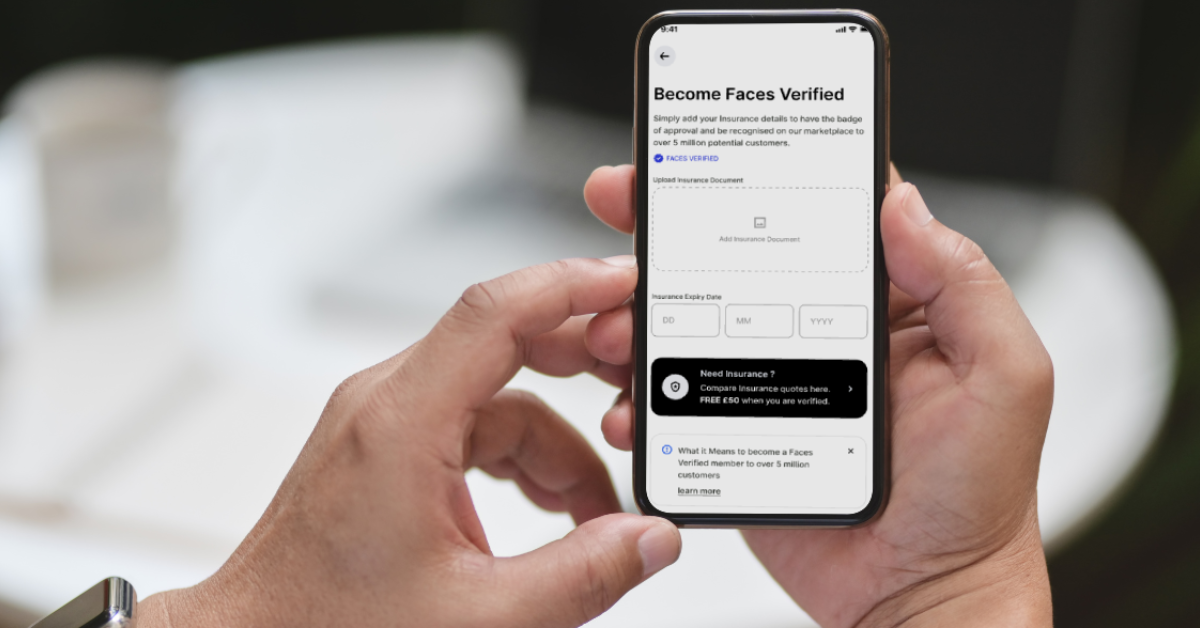In the dynamic aesthetics industry, differentiation and client trust are key. Faces Verified offers a straightforward yet impactful way for practitioners to stand out. This verification process, centered around a simple requirement—uploading valid insurance—underscores a commitment to excellence and client safety. Let’s delve into what Faces Verified means and how it streamlines the path to building a reputable practice.
Understanding Faces Verified
Faces Verified acts as a trust mark in the aesthetics field, signifying a practitioner’s dedication to the highest standards of safety and professionalism. The process is uniquely streamlined, focusing on the essential step of providing valid insurance, ensuring practitioners are fully prepared to offer aesthetic treatments.
Key Advantage of Being Faces Verified
Enhanced Client Confidence: Achieving Faces Verified status instantly boosts client confidence, showcasing a practitioner’s commitment to safety and high-quality standards.
Known Industry Standard: Being recognised as Faces Verified is a badge to show professionalism and is known to over 100k professionals and 5 million customers within the industry.
Steps to Get Faces Verified
Sign Up with Faces Consent: Begin by registering with Faces, either through the Faces Consent app or on their website. This step involves submitting basic professional details.
Upload Your Valid Insurance: The key requirement for Faces Verified status is to upload proof of your valid insurance. This simple yet crucial step verifies your professionalism and commitment to client safety.
Once we have validated your insurance we will provide your Profile, Website and booking system the Professional badge and standard.

Take Your Practice to the Next Level with Faces Verified
Ready to distinguish your aesthetic practice and build unparalleled trust with your clients? Start your journey to becoming Faces Verified today. It’s more than just a badge; it’s your commitment to excellence and safety in the dynamic world of aesthetics.
Click here to start and upload your valid insurance. Elevate your professional standing and offer your clients the confidence they deserve. Become Faces Verified now—because your dedication to quality and safety should be recognised and rewarded.



